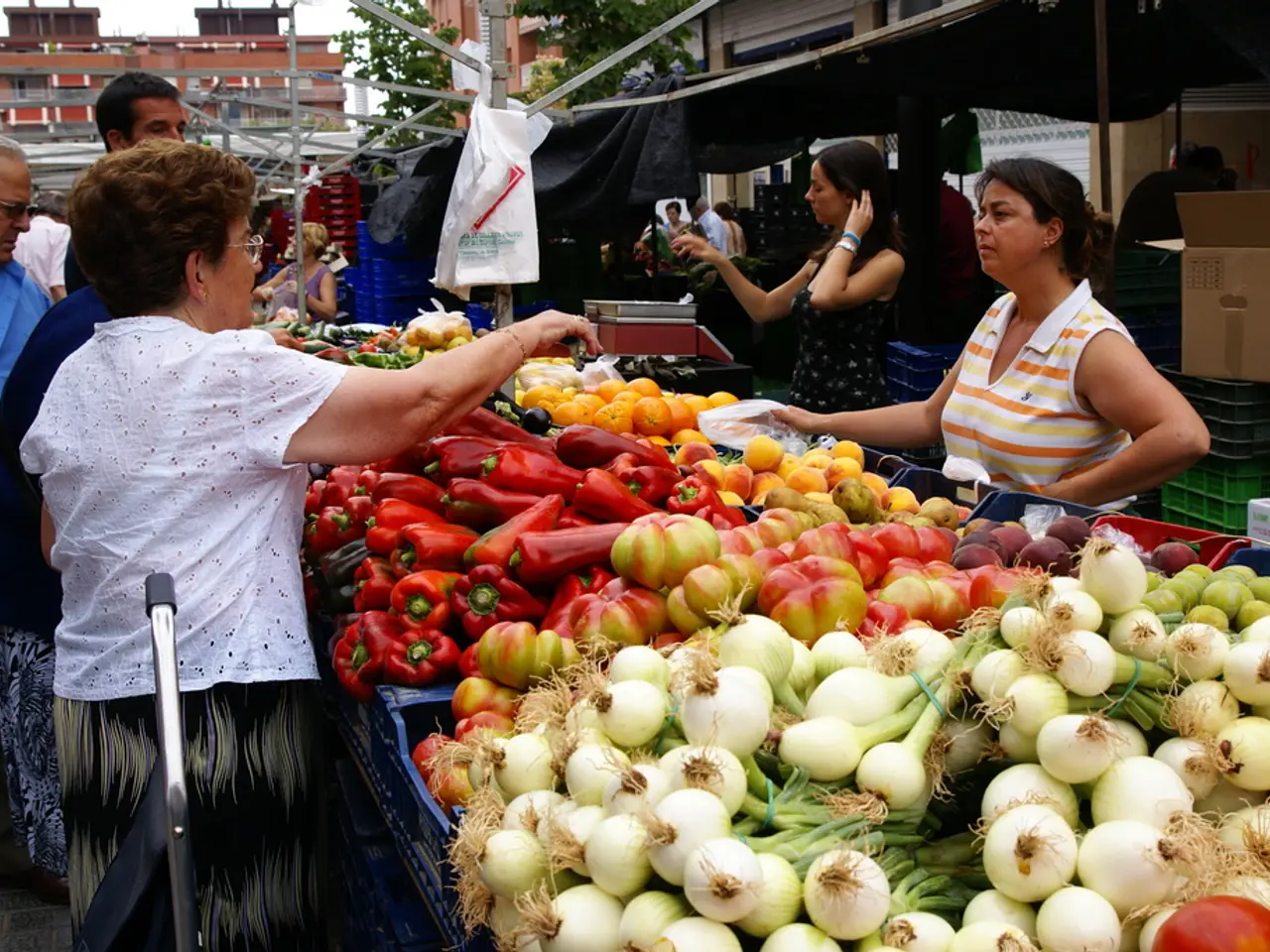Creative Combinations for Herb and Vegetable Planting in Potted Gardens
Ready to embrace the DIY container garden life, even in your urban jungle? Here's a lowdown on how to get started and flourish with ease, even if you're a green thumb novice.
Climate and Location Matters
- Scout out the light situation: Assess your designated garden spot throughout the day to figure out the number of hours it receives direct sunlight. Categorize the space as sunny (6+ hours), semi-shade (3-6 hours), or shaded (<3 hours). This will help decide which plants will grow best in the given environment.
- Adapt to your local climate: Opt for vegetables, herbs, or companion plants from your area that are compatible with your temperature ranges and light conditions for better growth productivity.
Plant Companions for Success
- Coordinate compatible plants: The art of companion planting reflects growing certain plants together to boost growth and ward off pests. For example, tomatoes go great paired with basil or marigolds for higher yields and fewer bugs.
- Maintain proper spacing: Ensure there's enough space between different plant species to avoid overcrowding and provide ample room for root and foliage growth. Label your planters to keep track of what you've sown, especially if you're growing assorted types.
Choose the Perfect Planters
- Select earth-friendly materials: Opt for materials like cedar, terra cotta clay, or food-grade galvanized steel for containers, as they promote healthy root environments and are longer-lasting options for edibles.
- Consider size and drainage: Use containers of appropriate size with drainage holes to prevent waterlogging. Large containers retain moisture longer and support larger plants, while smaller pots dry out quicker and serve smaller plants or herbs better[4][5].
- Position for accessibility: Place your containers near your home or easily accessible spots for frequent tending and harvesting.
Dirt, Seeds, and Planting
- Use top-shelf potting mix: Stay away from garden soil, which may be too dense and host pests. Instead, opt for a soilless potting mix engineered for containers that ensures proper drainage, aeration, and balanced pH for plant growth. To boost germination, make sure the potting mix warms enough before planting[2].
- Follow planting guidelines: Depending on seed packets or plant care resources, plant seeds or seedlings at suggested depths and spacing, adjusting for companion planting as needed[2].
Keep It Watered, Fertilized, and Healthy
- Water regularly: Monitor soil moisture levels frequently and water accordingly to avoid overwatering, ensuring containers have proper drainage holes.
- Manage sunlight exposure: For plants that favor partial shade, locate containers to receive filtered light or less direct sunlight, especially in hot climates or during summer months[4][5].
- Fertilize consistently: Container plants thrive with regular feeding since nutrients deplete from watering faster. Use balanced, water-soluble fertilizers according to the package directions.
- Keep an eye out for pests: Regularly observe plants for signs of pests or disease and act early if any appear.
- Snip and pick: Timely harvesting encourages continuous production, especially for vegetables and herbs[1][2].
With some thoughtful planning, careful selection, and attentive nurturing, any budding gardener can witness their very own healthy and bountiful container garden blossom. Happy growing!
Relevant Sources
- HGTV
- Garden Guides
- Apartment Therapy
- The Spruce
- Homestead and Chill
- Embrace a wellness lifestyle at home by venturing into container gardening, even in an urban environment, to foster a home-and-garden lifestyle.
- Opting for companion planting can provide a profitable garden, where tomatoes pair excellently with basil or marigolds, helping to boost growth and keep pests at bay such as in container gardening.
- To achieve the best results, select long-lasting earth-friendly planters, like cedar, terra cotta clay, or food-grade galvanized steel, for a flourishing and productive container garden experience.








